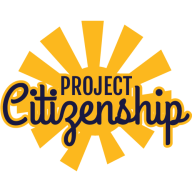Tips For Telling Good Stories
General Guidelines for story capturing from our friend at Art house productions
Importance of being given enough time to see who someone is and what he/she does.
Meet the person first without trying to document.
Want to get the person to be able to show who they are (use staff only to the degree you need to in order to be able to tell the story). But, can also focus on others around to inform the stories (allies/ people in a group they are connected with).
Think about it like a discovery of wanting to know what the person likes and what they do.
Need information in advance to draw on before trying to document.
Listening is the biggest thing, so you can respond appropriately to what is being said.
Don’t go with a ‘list’ of questions in your hand, but have them already in mind. You have to ask your questions.
Figure out what it is you want to know. But knowing what you are hoping for is a starting point, what you find might be different.
Use your own strengths of how to share a story.
Focus on the specific story, short and in depth is better than breadth.
Making the person comfortable is key.
Talk about what you hope to get from them. Share what you do and who you are. Make genuine conversation.
Sometimes it is easiest to follow someone around, being less formal.
Ask questions that elicit responses beyond ‘yes’ or ‘no’.
Seek out the most authentic voice. For people who cannot speak, this may be a family member etc…
A journey of discovering gifts.
Try not to be overly sentimental.
Let it be what it is.
Each individual story is a production.
There is no one right way.

